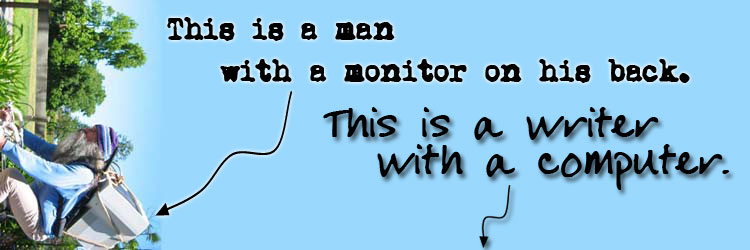A cognitive linguistics class blew my mind in college. The idea was that our language shapes our reality. More importantly, it also shaped our expectations—the mores, the etiquette that we have when heading into situations. Especially new situations. That words—the choice of the words that we choose—can subtly affect our choices and actions. For example, a RESTAURANT frame suggests that we go inside, a table is presented, we sit down and are given menus, the server returns and takes the order, the server gives the order to the kitchen, the kitchen prepares, the server presents the food, and then we eat and pay with cash or credit card, then the server takes away the dishes. That’s what it suggests.
I wrote an essay about the meaning of a friend and quite easily received an A.
Frames. I got the concept easily. Not all the students grasped the concept and struggled. I never knew why, because I understood almost so intuitively, so well. Everything that we did in the class was like I had done it all my life. The breaking of phrases, prose, and language structure.
And lately, I realized why. I naturally have a tough time with gray areas. Everything has rules and order. The thing that I struggle with every day is that I live within frames. That I am comfortable when I can predict how things will be like. But then with a new situation, I welcome it of course, but it’s almost all at once frightening. Especially when there are experienced people around me. I will dodge and avoid. I will research so thoroughly. If there is a restaurant that breaks the frame—perhaps paying happens first or that we need to get our menus on our own in a far off location, I struggle and feel uncomfortable—did I do it right? did I look like a fool? I remind myself that everybody probably struggles but the knot is uncomfortable.
We were in a casual eatery today. Well technically speaking not even a restaurant, but a place that flaunted high quality cheeses, wine, beer, and several dishes that leveraged cheese. Entering, I wasn’t quite sure and had avoided the venue for a long time thinking that it was a place that was about wine and beer and cheese. But then I thought it was a table service type restaurant. Was I supposed to pay first or find a table on my own? Is it expected that I should be paying for my entire table? Would it be strange if split order separate and unequal dishes? So of course, these questions unsettled me and panic rose up as I stared at the menu neatly written in chalk.
This anxiety lasted for at least seven minutes while I squeaked out my order. In the end, I did what I wanted to do, enjoyed my cheese, and breathed a sigh of relief that now I knew how this eatery would work. And now I was experienced.
I never used the cognitive linguistics again though. Except to impress people that there are some languages that don’t have the color purple and languages that use absolute positioning (north, south, west, east) for directions rather than relative positioning (right, left, ahead, behind) and how their minds…their very minds are so different.

